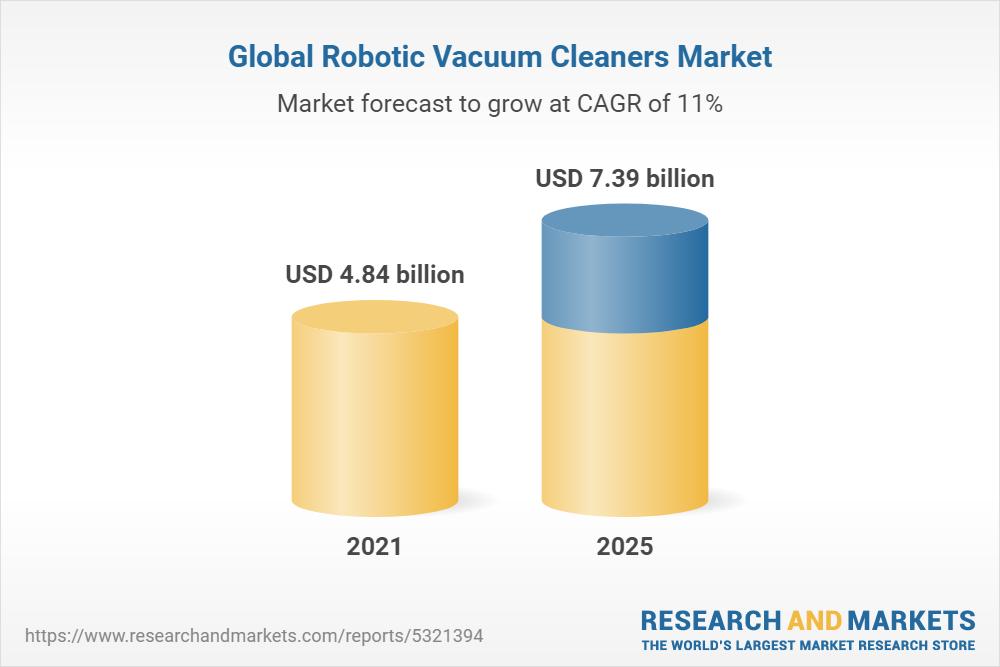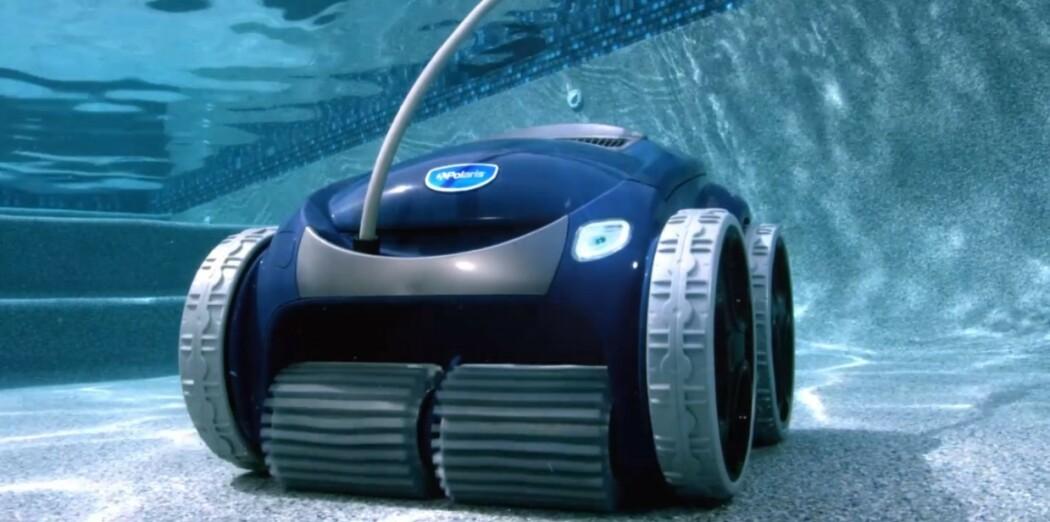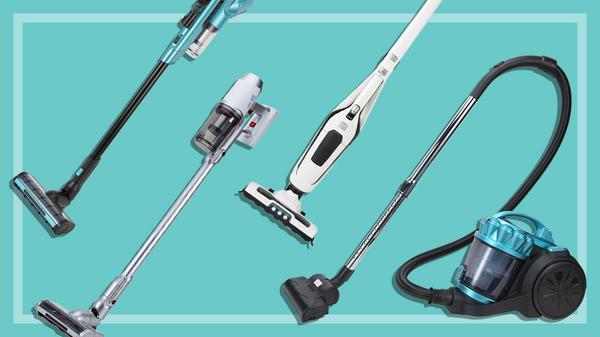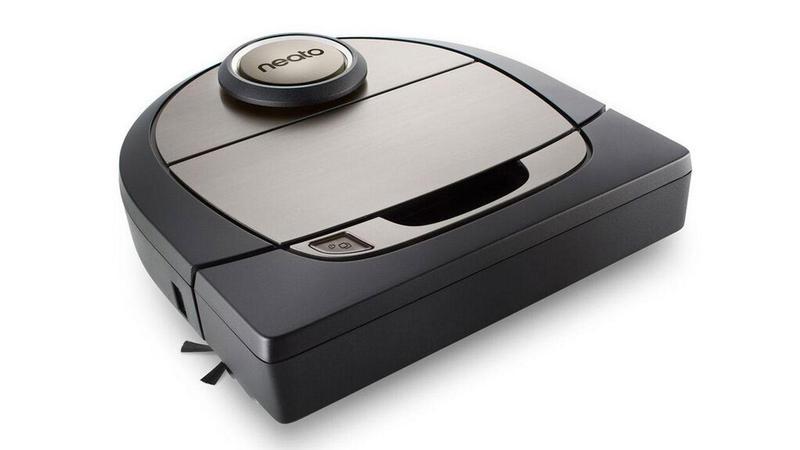Global Robot Vacuum Cleaners Market (2021 to 2026) - Growth, Trends, COVID-19 Impact, and Forecasts
Dublin, Feb.26, 2021(GLOBE NEWSWIRE) -- The "Robot Vacuum Cleaners Market - Growth, Trends, COVID-19 Impact, and Forecasts (2021 - 2026)" report has been added toResearchAndMarkets.com's offering.The robot vacuum cleaners market is expected to register a CAGR of 13% during the forecast period, 2021 - 2026. The International Federation of Robotics (IFR) estimates that 31 million household robots to be sold between 2016 and 2019, and out of which 96% of which will be a vacuum and floor cleaning robots. This is encouraging companies to invest in the market.One of the major factors driving the deployment of the robot vacuum cleaner is that the highest number of occupational injuries being recorded in the janitorial industry. Statistics from the Bureau of Labor Statistics indicate that there are 2,384,600 building janitors and cleaners. Companies are spending about USD 60 billion on average annually. The factors like these are boosting the demand for robots vacuum cleaners.Another factor driving the market is the rapid advancement in the industry. For instance, in December 2018, Neato Robotics launched its on-demand zone cleaning robot vacuum, Botvac D7 Connected. The robot uses LIDAR technology to scan and map the efficient course of cleaning the designated room. Such technological advancements have a positive outlook on the market.However, the high cost of installation, coupled with the high cost of maintenance of the robot vacuum cleaners, is hindering the market growth.Key Market TrendsNorth America to Occupies Largest Market Share
Asia- Pacific to Witness Fastest Growth
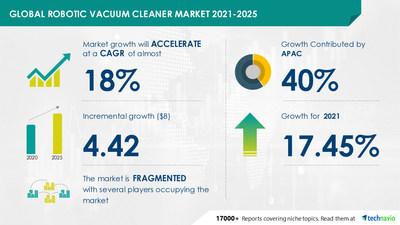
Competitive LandscapeThe robot vacuum cleaners market is very competitive primarily due to the presence of major players such as iRobot Corporation, Neato Robotics ( Vorwerk). Furthermore, the probability of new players entering the market is moderately high, which could further intensify the market competition. Product launch, high expense on research and development, and strategic partnership are the prime growth strategy followed by the companies to sustain the intense competition. Few recent developments related to the market are:
Reasons to Purchase this report:
Key Topics Covered:1 INTRODUCTION1.1 Study Deliverables1.2 Study Assumptions1.3 Scope of the Study2 RESEARCH METHODOLOGY3 EXECUTIVE SUMMARY4 MARKET DYNAMICS4.1 Market Overview4.2 Introduction to Market Drivers and Restraints4.3 Market Drivers4.3.1 Growing Number of Smart Homes4.3.2 Growing Research and Development Investments4.4 Market Restraints4.4.1 High Equipment Cost and High Maintenance Cost4.5 Industry Value Chain Analysis4.6 Industry Attractiveness - Porter's Five Force Analysis4.6.1 Threat of New Entrants4.6.2 Bargaining Power of Buyers/Consumers4.6.3 Bargaining Power of Suppliers4.6.4 Threat of Substitute Products4.6.5 Intensity of Competitive Rivalry5 MARKET SEGMENTATION5.1 By End User5.1.1 Residential5.1.2 Commercial5.2 Geography5.2.1 North America5.2.1.1 United States5.2.1.2 Canada5.2.2 Europe5.2.2.1 United Kingdom5.2.2.2 Germany5.2.2.3 France5.2.2.4 Rest of Europe5.2.3 Asia-Pacific5.2.3.1 China5.2.3.2 Japan5.2.3.3 South Korea5.2.3.4 Rest of Asia-Pacific5.2.4 Latin America5.2.5 Middle East and Africa6 COMPETITIVE LANDSCAPE6.1 Company Profiles6.1.1 iRobot Corporation6.1.2 Neato Robotics ( Vorwerk)6.1.3 Ecovacs Robotics6.1.4 Dyson Ltd6.1.5 Haier Group Corporation6.1.6 LG Electronics Inc6.1.7 Sharp Corporation6.1.8 Robert Bosch GmbH6.1.9 Electrolux AB6.1.10 Panasonic Corporation6.1.11 Stanley Black & Decker, Inc.6.1.12 Koninklijke Philips N.V.7 INVESTMENT ANALYSIS8 MARKET OPPORTUNITIES AND FUTURE TRENDSFor more information about this report visit https://www.researchandmarkets.com/r/klmpb6
